In an effort to combat the toxic smog choking the capital, the Delhi government on Tuesday carried out cloud seeding in several parts of the city, hoping artificial rain would help clean the air.
The operation was conducted using an IIT-Kanpur aircraft fitted with salt-based and silver iodide flares to induce rain. Although scheduled for 12:30 pm, the exercise was delayed due to poor visibility.
The modified Cessna-206H aircraft eventually flew over moisture-laden clouds in northern Delhi, releasing chemicals like silver iodide and sodium chloride to trigger precipitation.
Delhi Environment Minister Manjinder Singh Sirsa said the effort could significantly reduce pollution levels if successful. “Cloud seeding occurred in Khekra, Burari, Mayur Vihar, and several other areas. Eight flares were used, and the entire process lasted about half an hour. The second and third trials will also take place today,” Sirsa said, adding that rainfall could begin within 15 minutes to four hours.
This marked Delhi’s first full-scale artificial rain attempt, approved by the India Meteorological Department and the Delhi government. A test flight last week failed to produce rain due to insufficient moisture.
The initiative comes amid a sharp rise in air pollution following Diwali and increased stubble burning in neighbouring states. On Tuesday morning, Delhi’s Air Quality Index stood at 305 — in the “very poor” category — with most monitoring stations showing similar readings.
Officials said cloud seeding is part of a larger winter pollution-control plan, with five trials approved this year at a cost of Rs 3.21 crore. The exercise faced repeated weather delays before finally taking off this week.
Impact Shorts
More ShortsCloud seeding involves dispersing compounds like silver iodide or sodium chloride into clouds to act as nuclei for water droplets, helping them form and fall as rain. Even light rainfall, experts say, can help wash away pollutants and bring much-needed relief to the city’s residents.


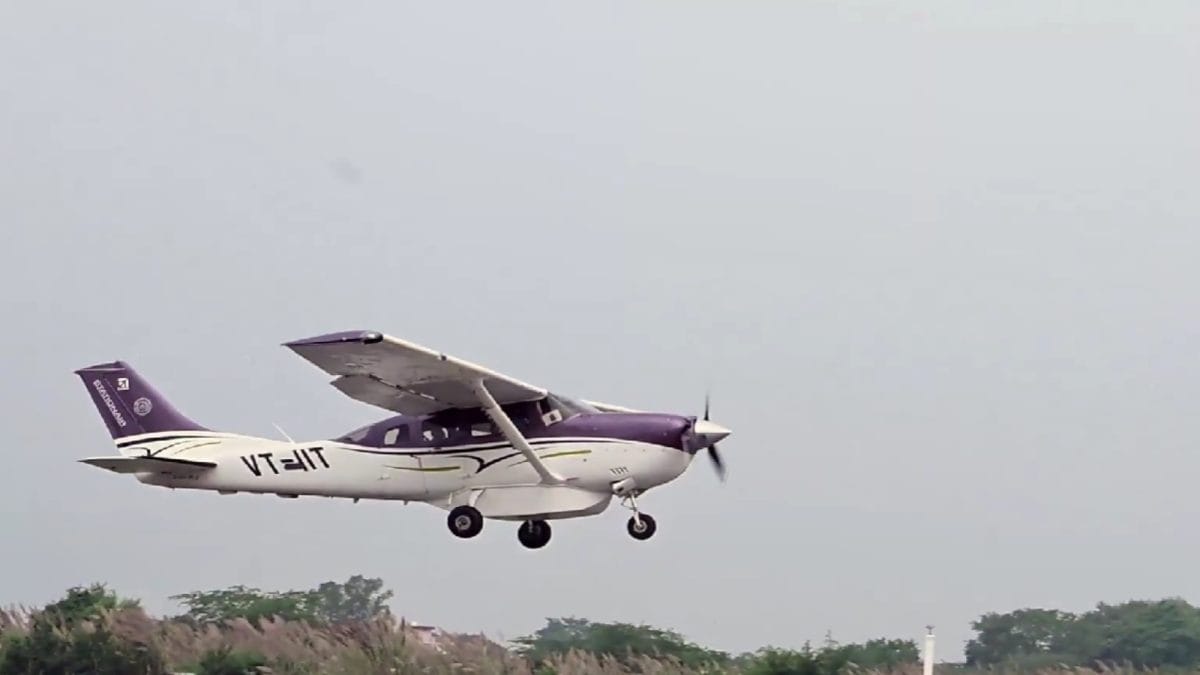)
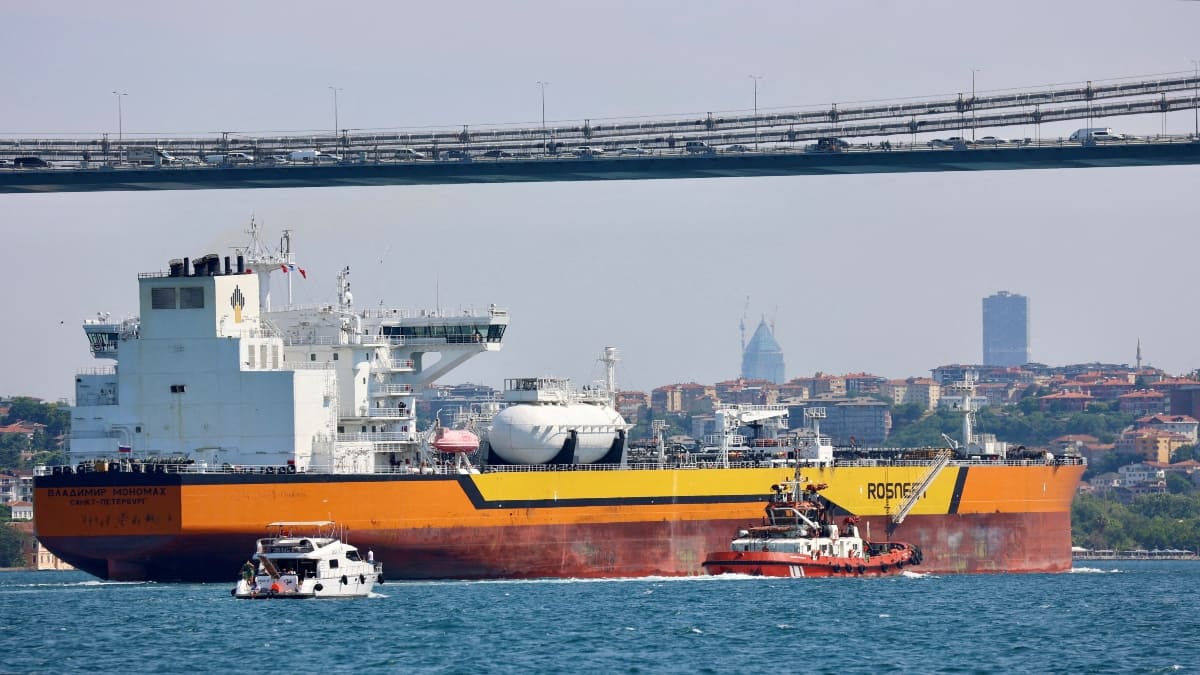
)
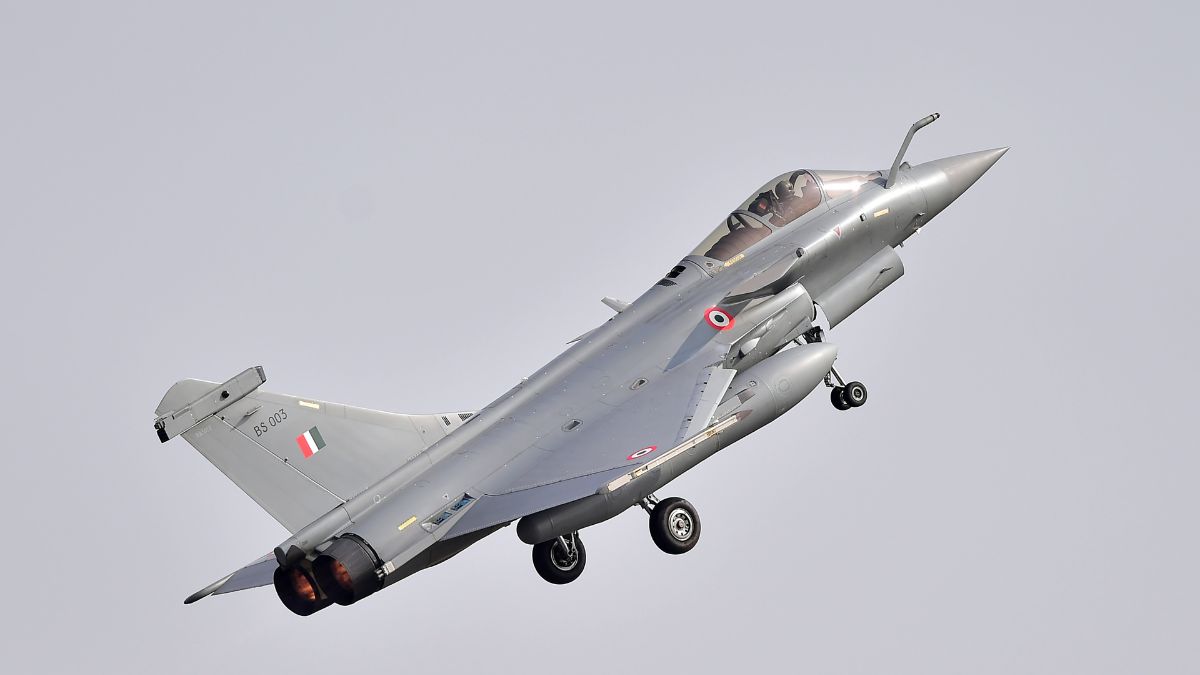)
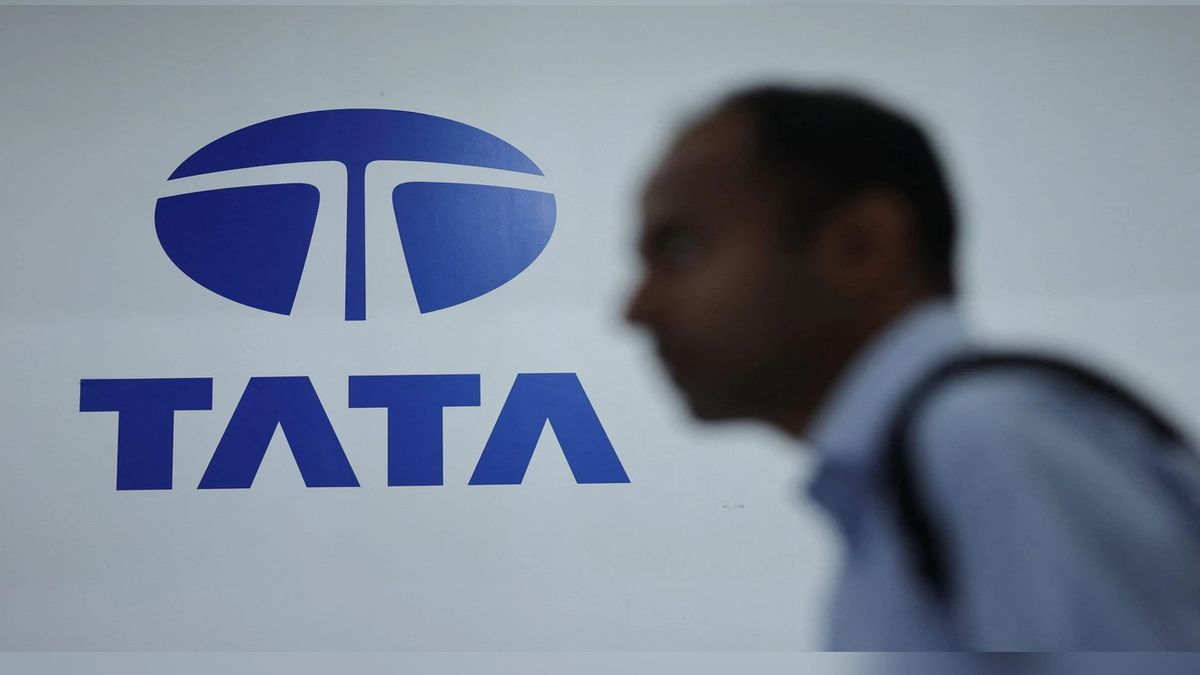)
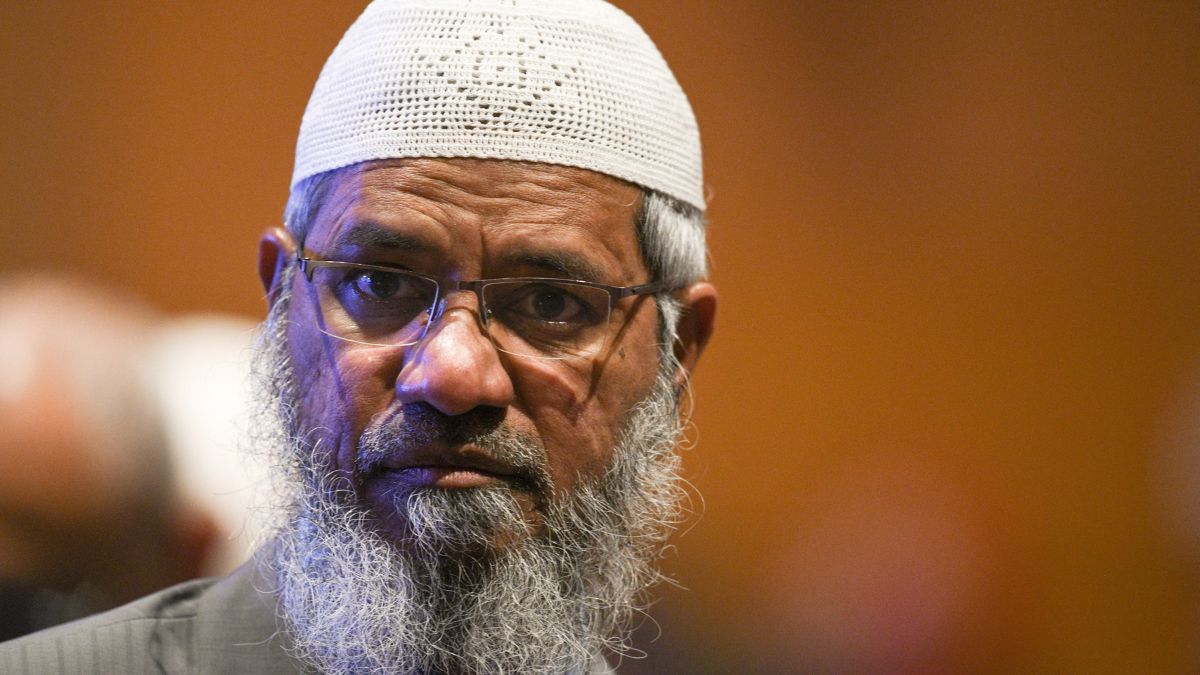)
)
)
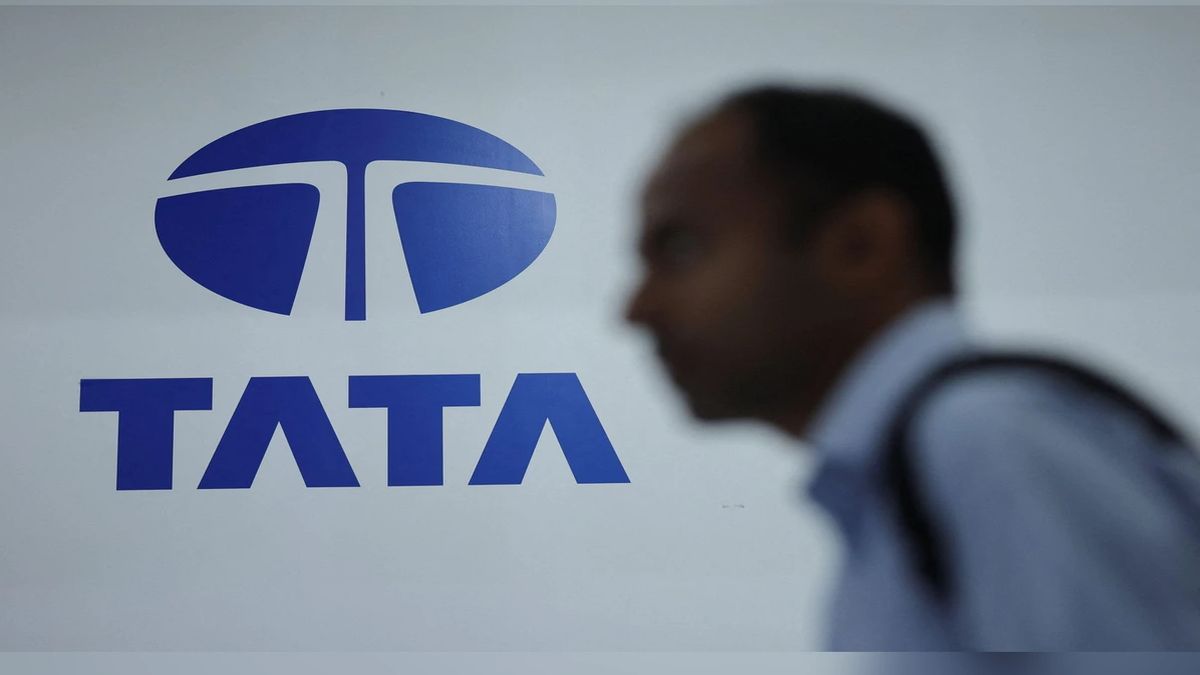)
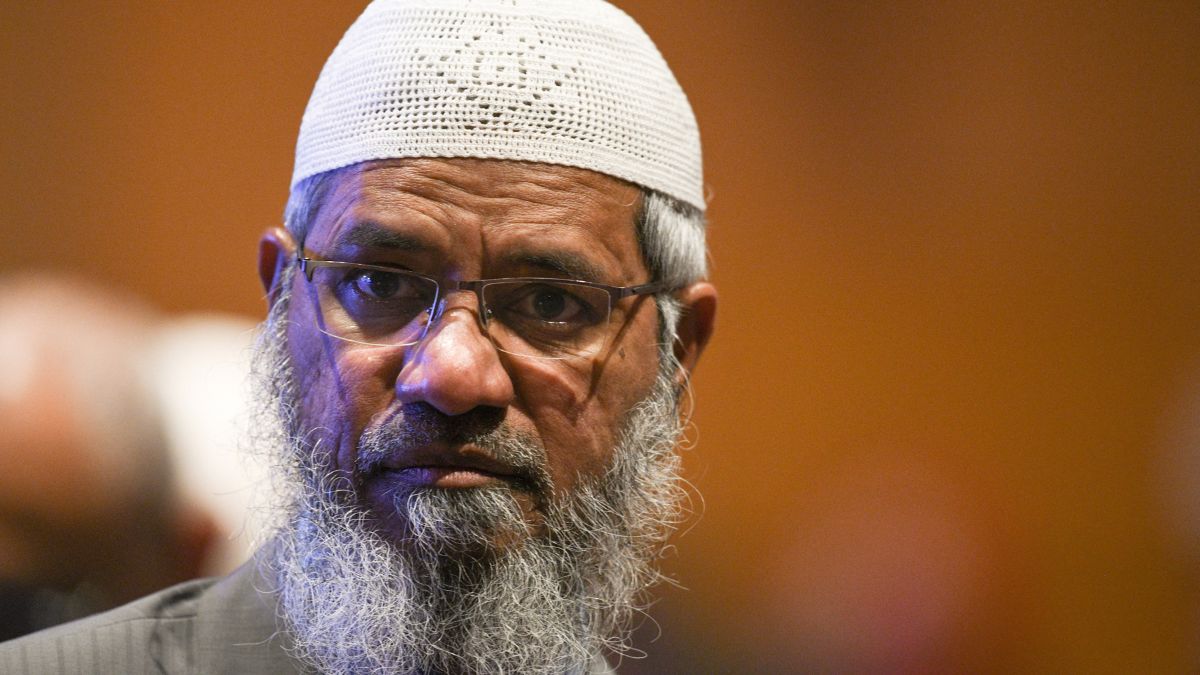)



